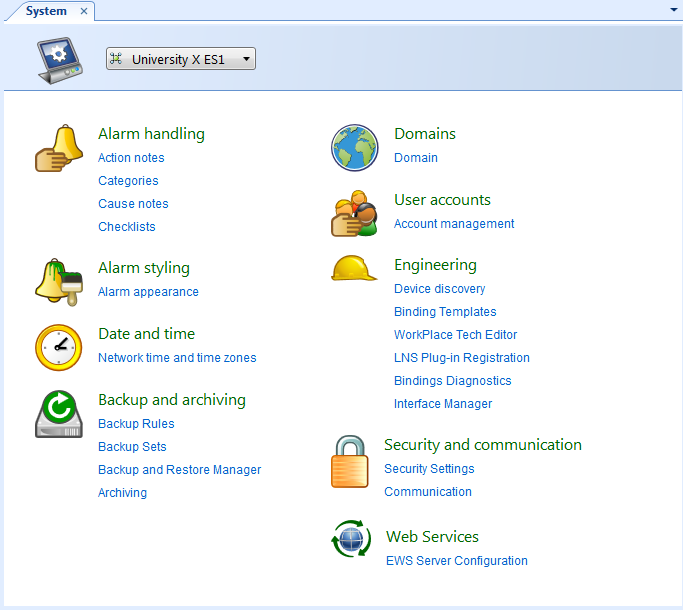Log on to rate and give feedback
1
2
3
4
5
Log on to rate
0

Ratgeber
Produkte:
Enterprise Server, Projekt Configuration Server, Project Configuration Tool
Funktionen:
Basisfunktionalität
Produktversion:
1.8
13.10.2016
Removing Events from the Archive
You remove events that you do not want to include in the archive, such as User Events.
To remove events from the archive
In WorkStation, on the Tools menu, click Control Panel .
On the Control Panel toolbar, select the SmartStruxure server.
action_zoom_plus_stroke 
Click Archiving.
Clear the events that you want to remove from the archive.
Click the Save button
.action_zoom_plus_stroke 
 Archiving Overview
Archiving Overview


